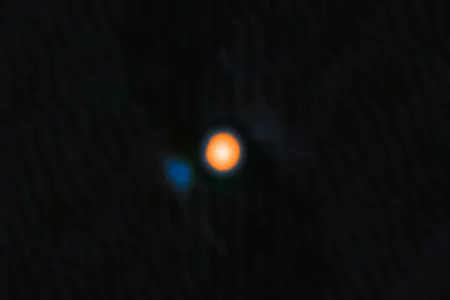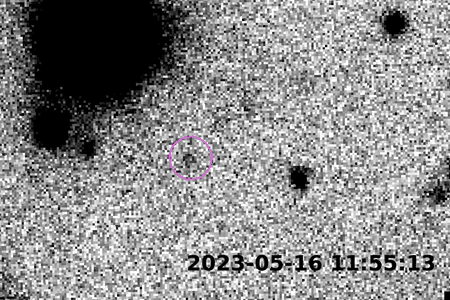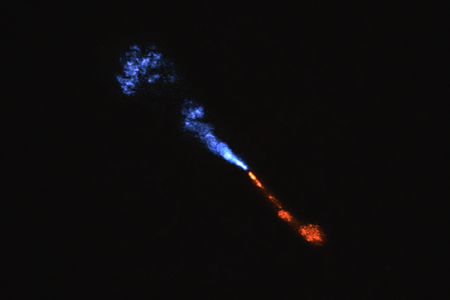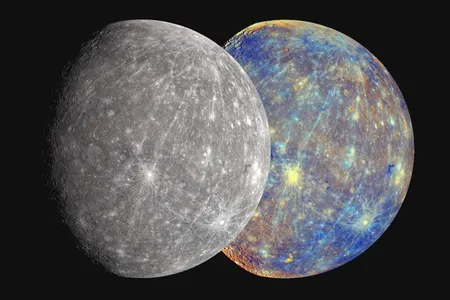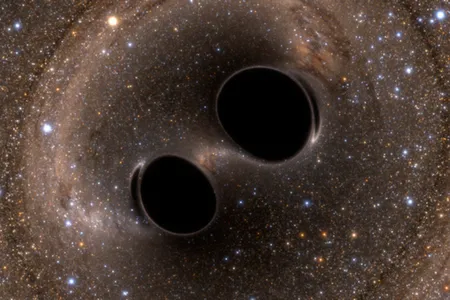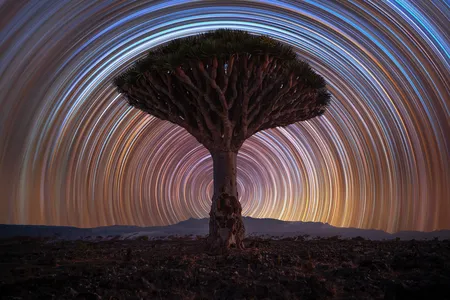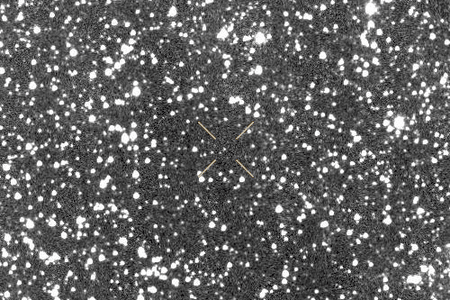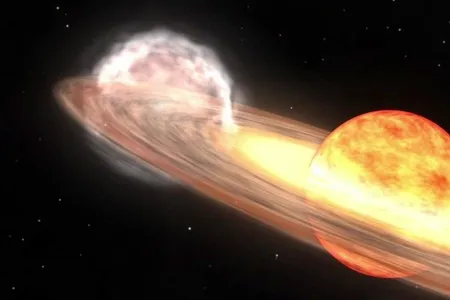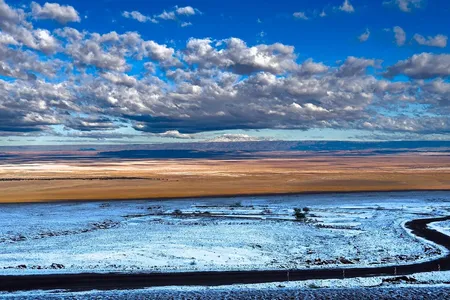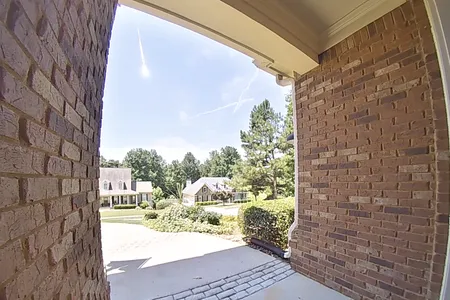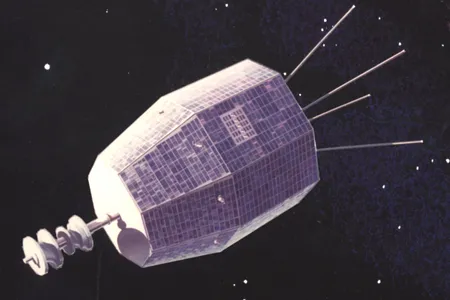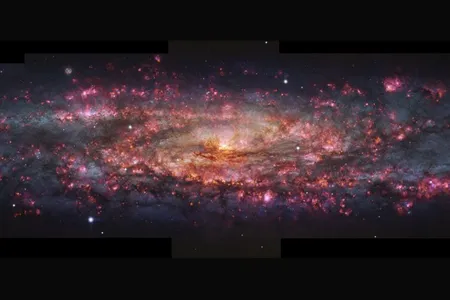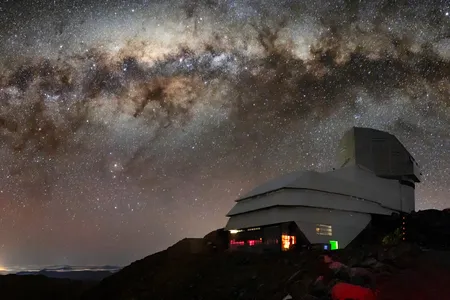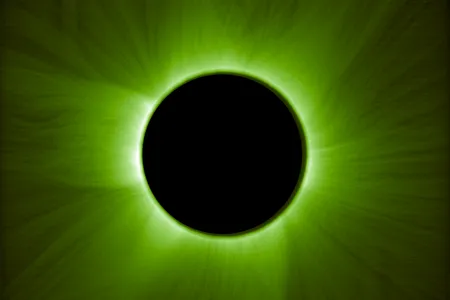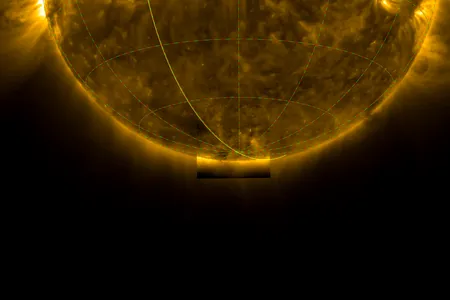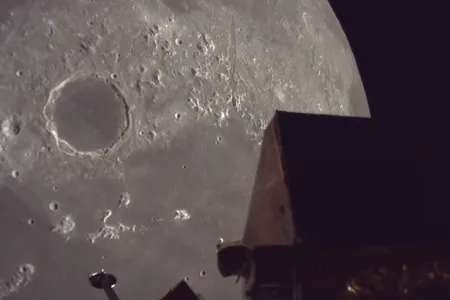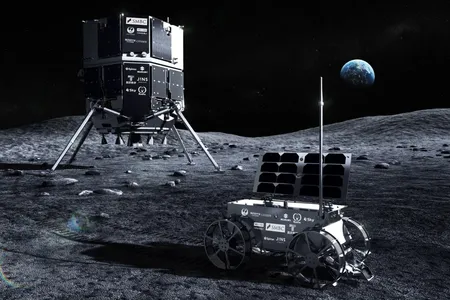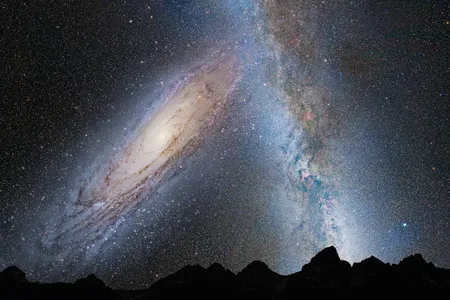Astronomers Say They’ve Finally Spotted Betelgeuse’s Companion Star, Long Predicted to Exist but Never Seen
The discovery, if confirmed, could explain Betelgeuse’s mysterious six-year oscillations in brightness
Astronomers Discover ‘Ammonite,’ a Mysterious Distant Object That Could Shed Light on Our Solar System’s History
The celestial body’s unusual orbit “implies that something extraordinary occurred” in the early days of the solar system—and throws a wrench in the Planet Nine idea
For the First Time, Astronomers Capture ‘Smoking Gun’ of Early Solar System Formation
Telescopes detected the first stages of hot minerals condensing from gas around a young star called HOPS-315
Scientists Have Never Confirmed a Meteorite From Mercury. Could These Space Rocks From the Desert Be the First?
Two meteorites found in the Sahara show tantalizing similarities to the innermost planet, and while researchers say they are likely not direct samples, “one cannot rule out” the idea
Physicists Detect the Most Massive Black Hole Merger Ever Observed by Studying Gravitational Waves
A short-lived ripple in space-time revealed that two black holes merged into a giant black hole with the mass of 225 suns
Check Out Ten Spectacular Space Images From the Astronomy Photographer of the Year Contest
The annual competition for professional and amateur astrophotographers released its shortlisted images, which capture the beauty of the cosmos seen from Earth
A Rare Interstellar Object Is Blazing Through Our Solar System, Marking Only the Third Cosmic Visitor on Record
The comet follows just two other deep space objects documented by astronomers in 2017 and 2019
Rare Appearance of Two Novas at Once Illuminates the Southern Sky. Here’s How to Get a Chance to See It
The “new stars” are best seen from the Southern Hemisphere, but people have spotted them from the United States by looking near the southern horizon
Rare Blanket of Snow Falls in Chile’s Atacama, the World’s Driest Desert
The extraordinary event temporarily shut down equipment at the ALMA Observatory, and the snow reached the telescope’s main operations facility for the first time in 12 years
Ultra-Bright Meteor Seen in Broad Daylight, Stunning Residents Across the Southeast
More than 200 sightings were sent to the American Meteor Society, and a Georgia resident reported a rock falling through a roof around the same time
Astronomers Detected a Mysterious Radio Burst. It Turned Out to Be From a Dead NASA Satellite
The signal detected last year came from Relay 2, a communications satellite that has been defunct since 1967
The James Webb Space Telescope Reveals Its First Direct Image Discovery of an Exoplanet
Researchers identified the likely planetary candidate’s infrared light after blocking out its host star’s overwhelming glare
See the First Breathtaking Images Captured by the Powerful New Telescope at the Rubin Observatory
Featuring never-before-seen views of galaxies and more than 2,100 newly discovered asteroids, the observations are only a taste of what to expect from the telescope’s upcoming decade-long survey
Stunning New Image of the Sculptor Galaxy Captures the Cosmic Landscape in Thousands of Colors
The galaxy sits in a sweet spot that allows astronomers to study it in ways that can’t be applied to even our own Milky Way
The World’s Largest Camera Is About to Unveil Its First Photos of Space. Here’s How to Follow Along With a Live Stream
The revolutionary Vera C. Rubin Observatory will unveil new insights about our universe—and you can catch a first look at a local event or online on Monday
See the Beauty of an Artificial Solar Eclipse, Created With a First-of-Its-Kind, ‘Perfect’ Satellite Formation
Two satellites’ highly precise alignment allows scientists to study the sun’s outer atmosphere like never before
See the First-Ever Direct Images of the Sun’s South Pole, Captured by the Solar Orbiter Spacecraft
The spacecraft’s tilted orbit will allow scientists to investigate the mechanisms behind space weather that impact crucial human activity on Earth
The Resilience Spacecraft Likely Crashed on the Moon
Early reports suggest that an issue with the Japanese lander’s sensors prevented it from sufficiently slowing down
Ispace’s Resilience Spacecraft Is Set to Land on the Moon Today—Here’s How to Follow Along
The Japanese company’s second attempt at a lunar landing can be streamed live this afternoon
Our Milky Way Might Not Crash Into the Andromeda Galaxy After All—New Simulations Suggest a 50-50 Chance of Merging
Scientists previously predicted the pair of galaxies would merge in about five billion years. Now, research suggests that outcome is less certain than thought
Page 1 of 55
